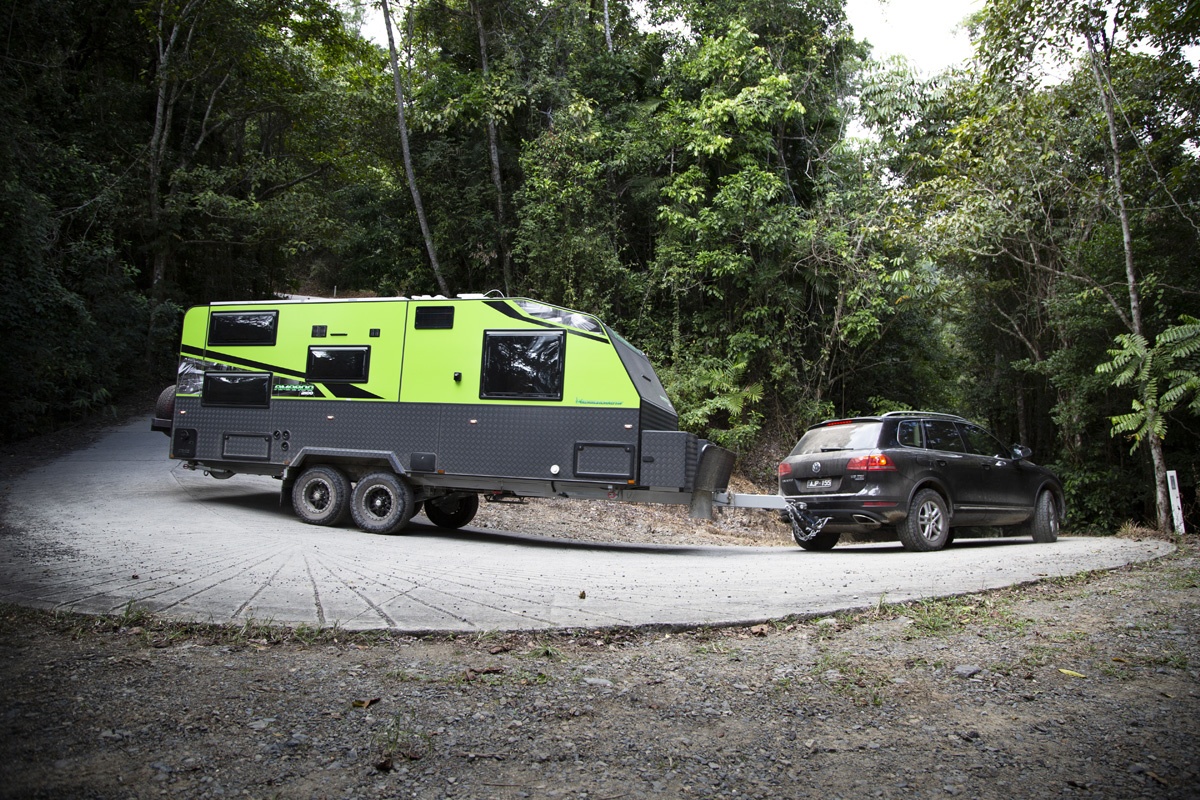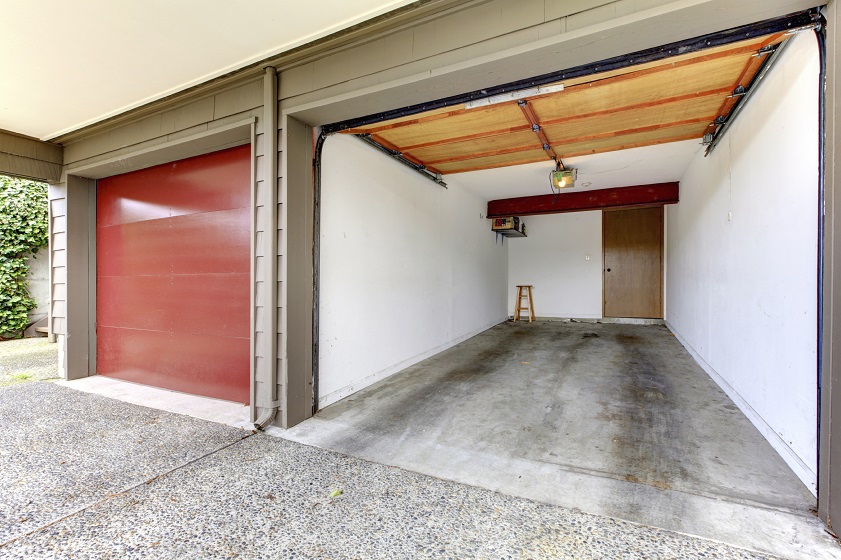Once upon a time, travelling on the Bloomfield Track was a serious exercise and certainly not one for RVs. But now, after years of upgrades, it is achievable, with some caution.
The Bloomfield Tack, one of the most scenic drives in Australia, runs from Cape Tribulation, north of Port Douglas to Wujal Wujal. It gets its name from the river at the northern-, Wujal Wujal-end and was once barely a goat track. Now it is a legitimate shortcut north, though it is worth being cautious and enjoying the scenery.
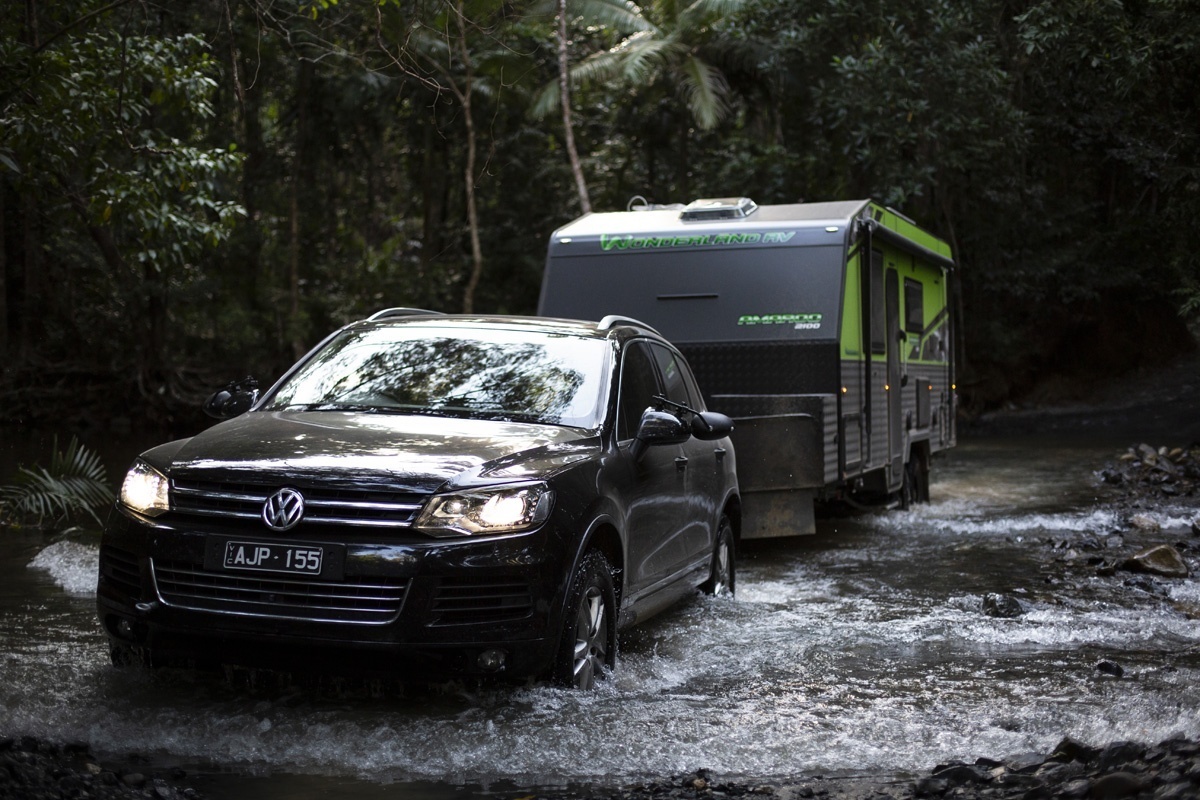
At 32km long, it is short but expect to take two hours should you take the time to enjoy it. The track starts at the end of Cape Tribulation Road, the main road north from the Daintree River.
Conditions play a big part in the time it could take you to clear the track. If it is wet, it is difficult though dry can also be a challenge due to a couple of steep climbs.
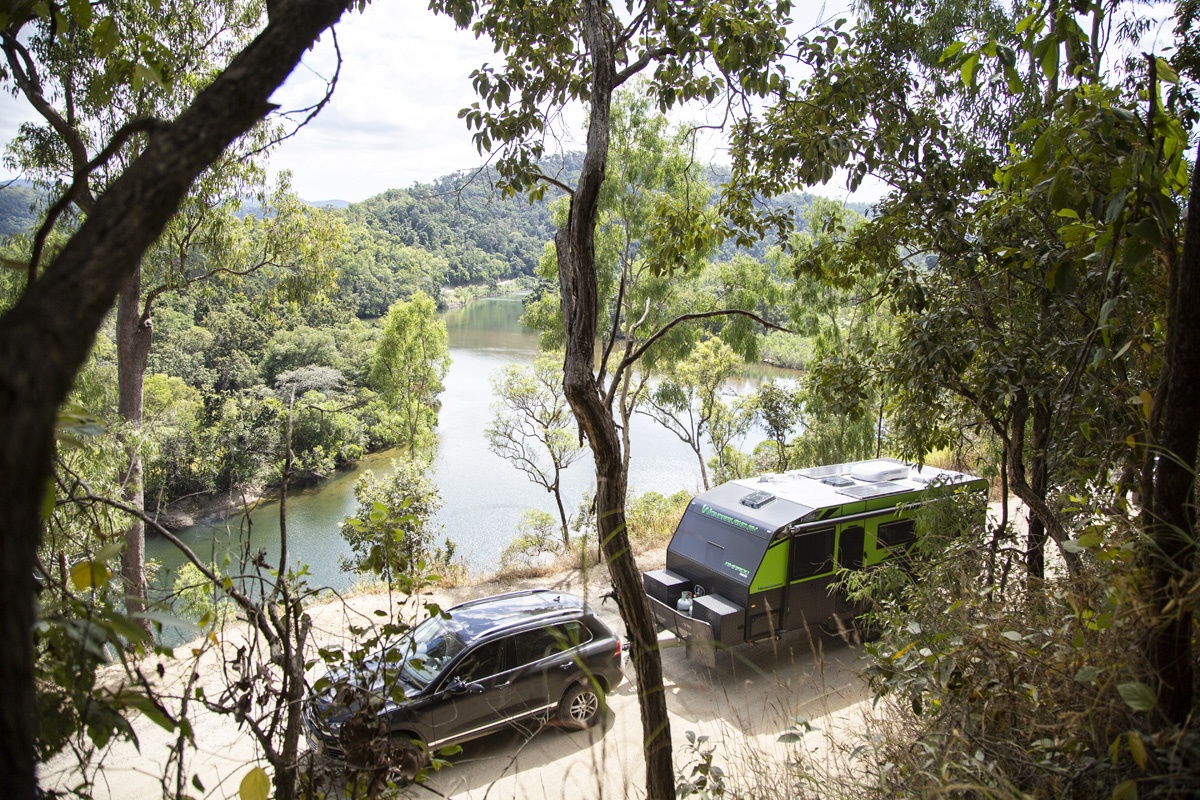
Heading south to north – the most popular direction as travellers head to Cape York – a few kilometres in you will come across Emmagen Creek, the boundary where the local authority suggest 2WD vehicles should end their advance. In the dry season, the roughly 7m wide river is typically around 20cm deep with a mix of football-sized rocks and smaller stones. There is a clearing either side to assess the water from and to engage your hubs, should you need to. On the northern bank, the track turns to the left to another clearing, low-range is not typically needed though if you are towing a heavy van, it is not a bad idea as is radioing ahead that you are entering the crossing.
A further 6km north you will come to Cowie Beach. As appealing as the water is, know that the Daintree is infested with crocodiles and stingers that inhabit the waters during stinger season (November to May/June). The beach is worth exploring, particularly to the south where mangroves litter the shallow waters. The drive to Cowie is event-free in the dry though there can be bogs on the flat as you approach the beach. Avoid travelling fast here as cassowaries inhabit the area and stopping distances in the muddy areas will be reduced.
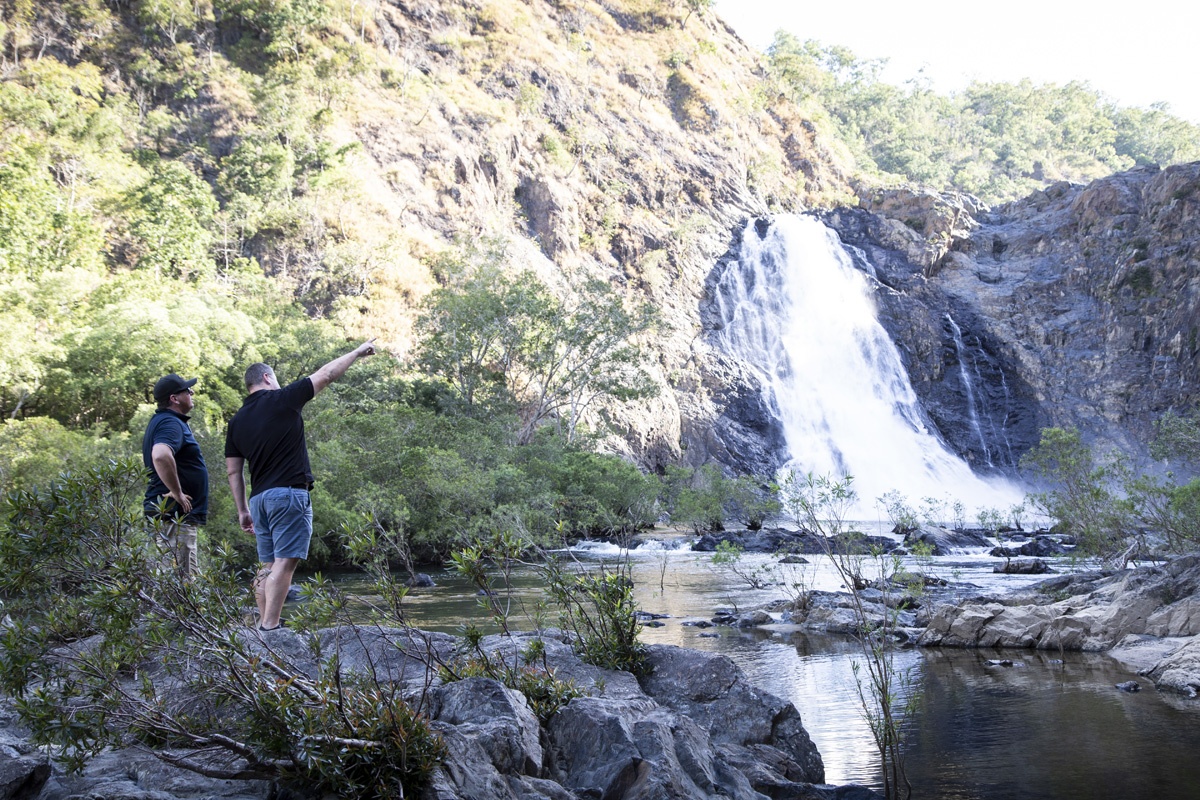
From here is where it becomes the most challenging. Cowies Range follows shortly after the beach. Although paved with concrete and easy to begin with, its gradient increases to around 20 per cent at some of the tighter hairpin turns, it is advised that you radio through that you are heading up with a trailer in tow and to engage low-range or hill-climb settings if you have a modern vehicle equipped as such.
Cresting Cowies Range you will come across one of the best views north and south over the Daintree. At the top, there is an open area where the vegetation has been cleared on the sides of the track but be careful where you stop as the track is barely wide enough for people to pass and there is limited off-track parking.
What goes up must go down
From the top, you will head down close to sea level again. The gradient on the northern side is not dissimilar to the southern side so take care, engage hill-decent (if you have it) and communicate via radio your plans as there are limited passing spots and a few blind corners.
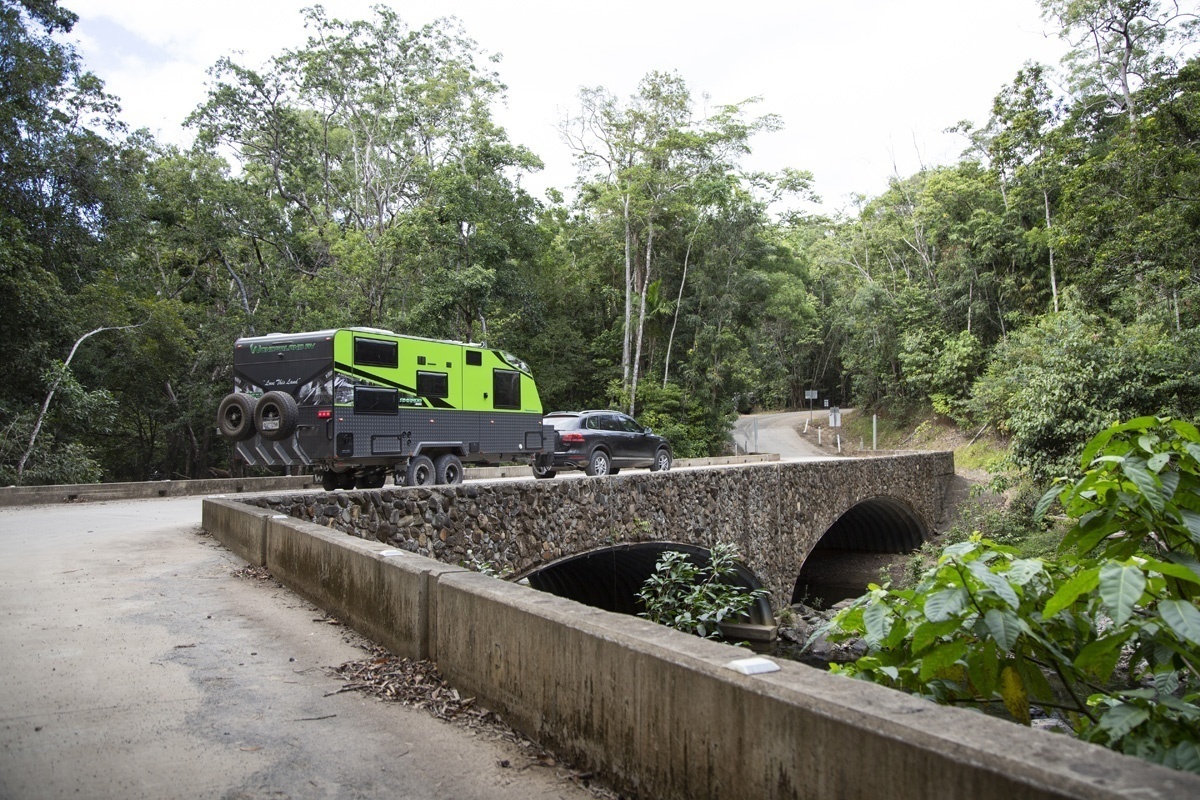
The next challenge is much the same, but a touch steeper peaking at around a 33% per cent gradient. This is Donovans Range, also paved, also one to engage low-range, employ any climbing or hill-descent control systems you have and an important one to communicate your intentions with before commencing.
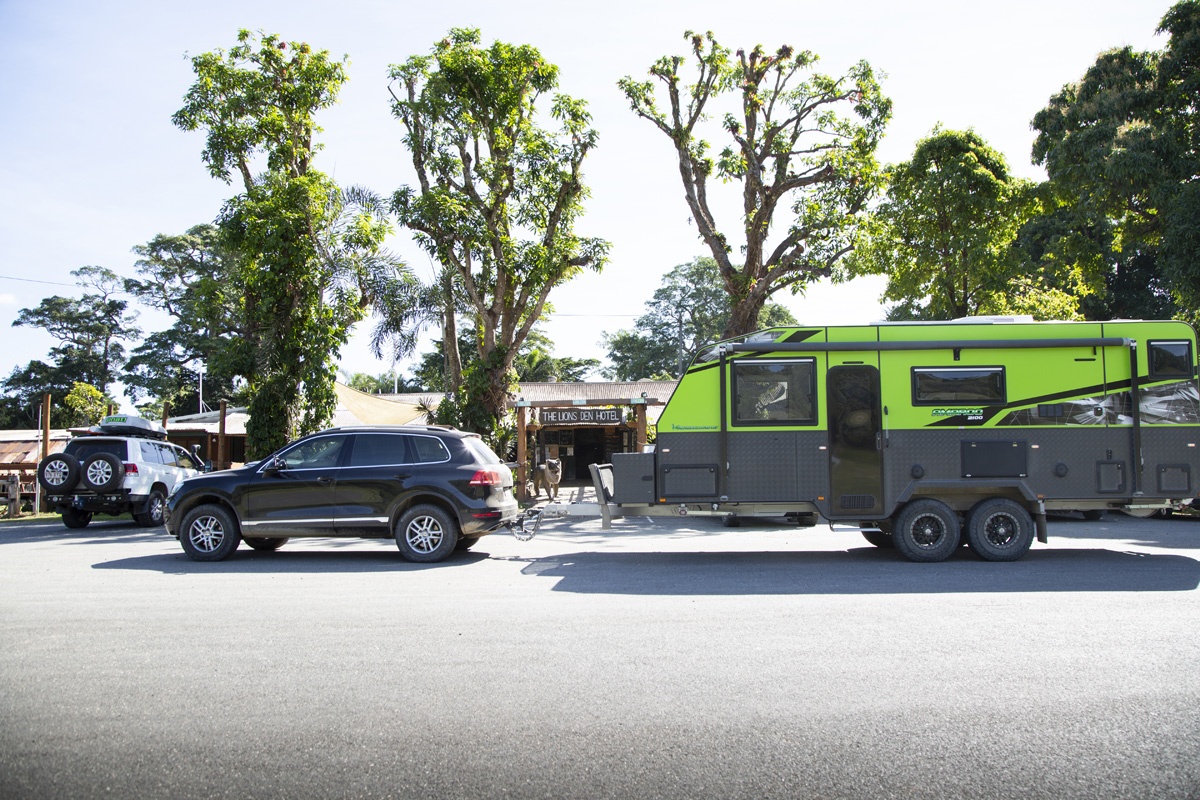
From Donovans, the track starts to widen as the rain-forest starts to become thinner. This indicates that you are heading inland. Quickly, as the track opens up you will come across Bloomfield River, the end of the Bloomfield Track.
Track’s end
Upon exiting the Bloomfield you’ll come across Wujal Wujal, an aboriginal settlement worth a stop. There is a service station, a couple of cafes a great cultural centre in the Bana Yirriji Art Centre on the road to the spectacular Wujal Wujal Falls.
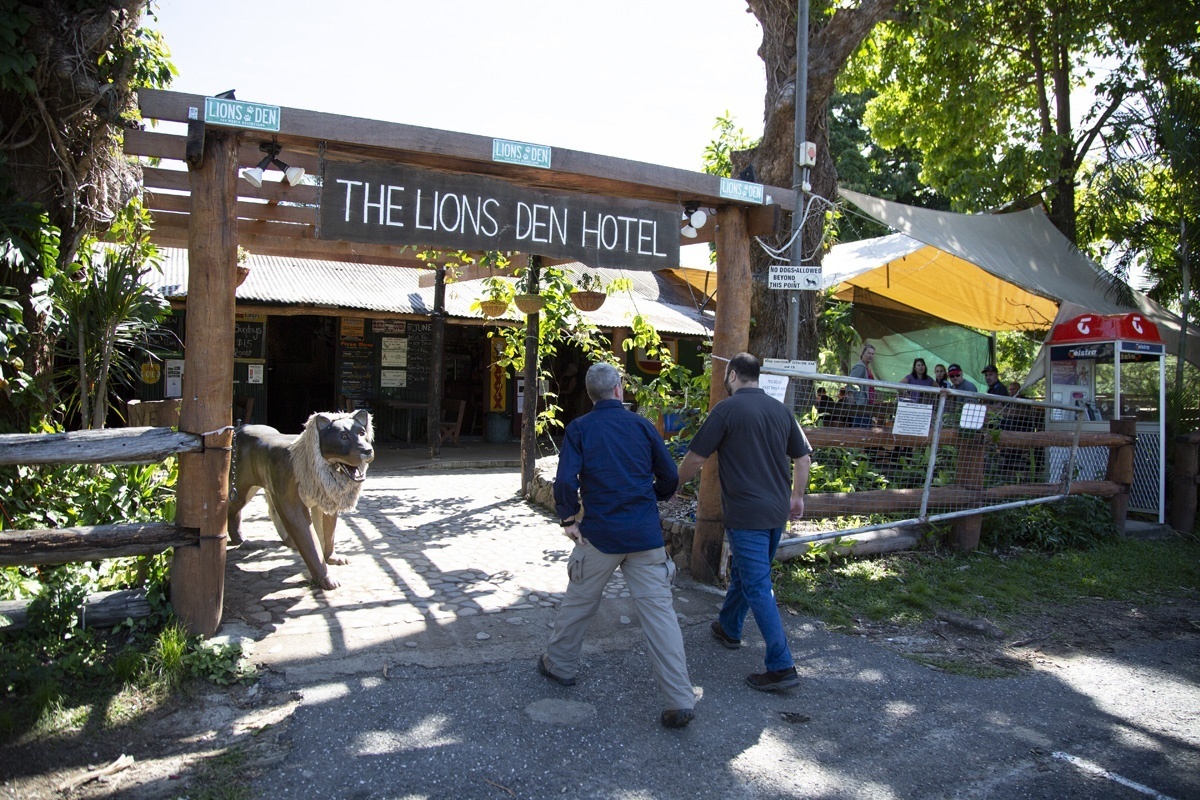
A bit further north, about 45mins to an hour, is the ever-popular Lions Den Hotel that serves up good food and has on-site accommodation including powered sites.
What will make it?
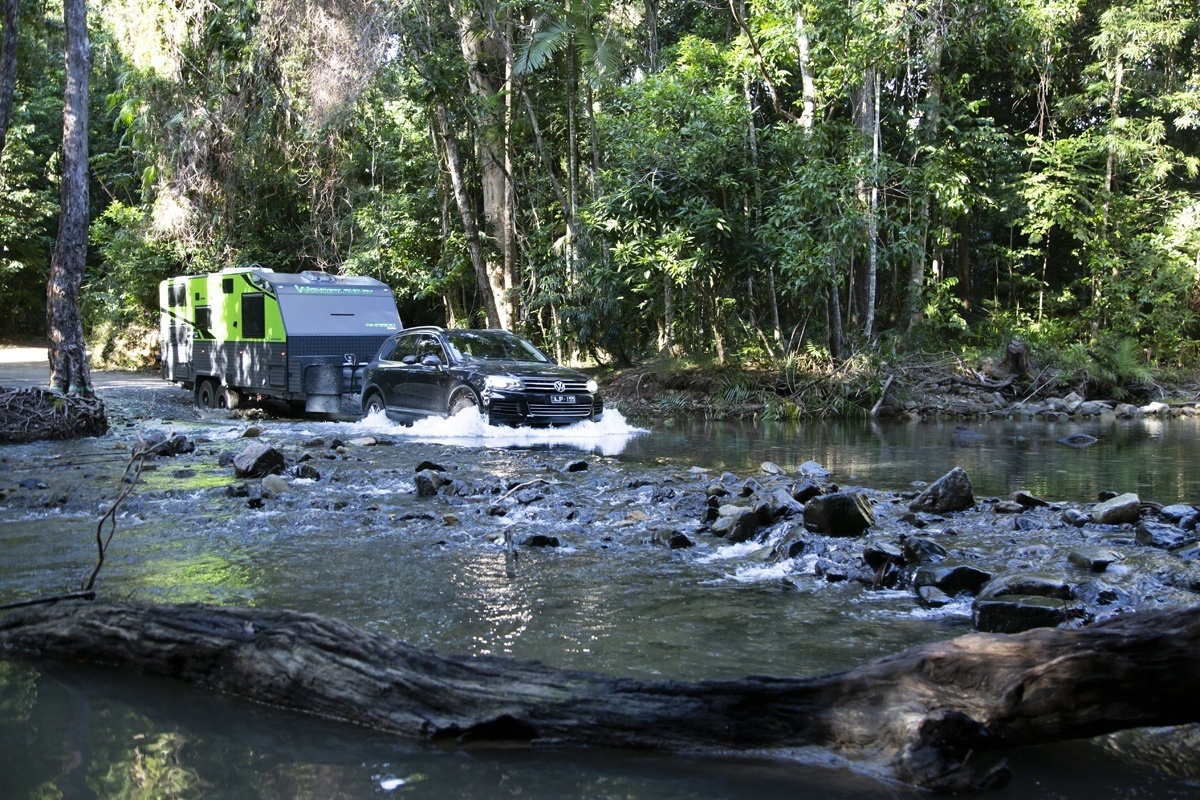
I have been party to two full-size, dual axle caravans and a camper tackling the Track without issue and in my travels, I have seen dozens of other caravans make it through without trouble. I would suggest genuine off-road caravans that represent no more than three-quarters of the tow vehicles maximum capacity (for instance, a 2600kg ‘van behind a vehicle with a maximum rating of 3500kg). Vehicles with problematic cooling systems need not apply and please make sure your brakes and tyres are in top condition before attempting.
TOP TIPS
- Like all off-road driving, take it easy, travel slowly to give yourself time to avoid danger and lessen the load on your tow vehicle
- Drop your tyre pressures on both your trailer and tow vehicle to increase your tyres contact patch.
- Listen to and use your radio to communicate with other users
- Drive with your headlights on to make yourself as visible as possible
- Make sure everything is tied down in or on your trailer as it may come to lose in the steep sections
- Check the river crossings before entering the water – do not enter if fast-flowing or if you cannot distinguish the bottom surface
MEET THE AUTHOR
Tim van Duyl
Coming from marine publishing Tim now oversees Caravan World and Trade-a-Boat for the Adventures Group as their Senior Editor. With experience garnered from travelling the breadth and width of his home country New Zealand in all manner of ways, his mission is to see all Australia has to offer. Having already sampled Cape York, Murray-Sunset National Park, Wilsons Promontory and the bulk of Victoria’s West, he has plans to add to the small parts of WA and NT already seen. When not on the road you can find Tim passing time at lakes around Australia or in the high country camping with his close friends and family with the Murrindindi a popular spot.

